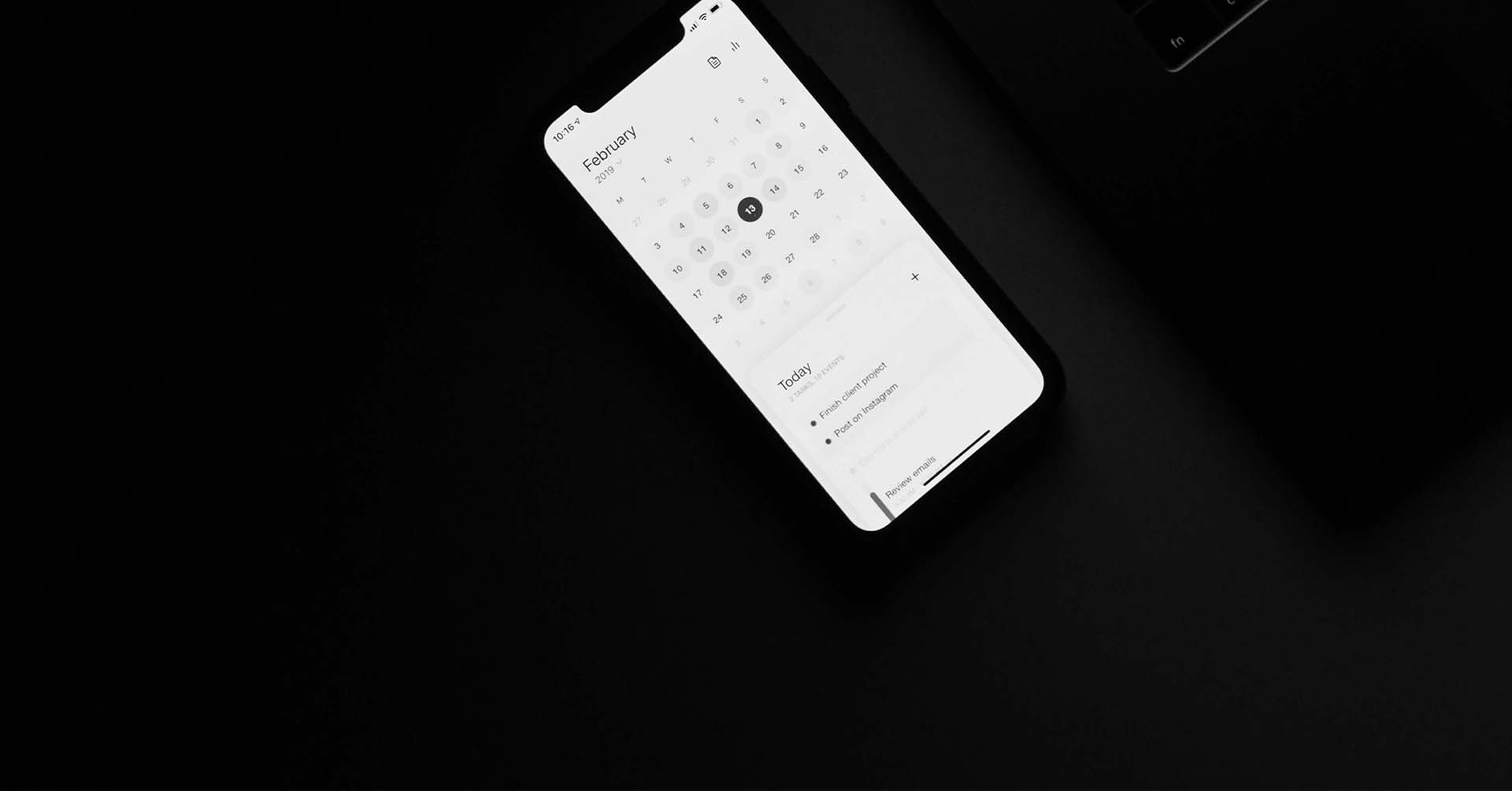Tokens & Authentication
LogiSense APIs use JSON Web Tokens (JWT) for authentication. This article will explain how to obtain, use, and refresh a JWT. The client requests a token from the Authentication Server and then includes it in API calls.
PATCH, POST, & PUT
The PATCH verb allows you to update an object. Just like a put, you only need to supply the fields that will be updated in the payload. However, a patch allows you to update many objects at once.
Search Requests
Many times you will need to filter and sort your GETs. For example, you might want all the invoices belonging to a specific account ordered by date. To do this you need to use the search request header.
Update Requests
When updating an object you use the update request header with the list of properties to update. Then you need only supply the new values in the body of your request.
Data Payloads
This article explains how to format data for both requests and responses. In addition to the API documentation LogiSense Billing has APIs and built in tools to assist you.
API Logging
The JSON API log will contain the header and body for all requests and responses. This log can aid you while developing by providing details of both good and bad requests.











